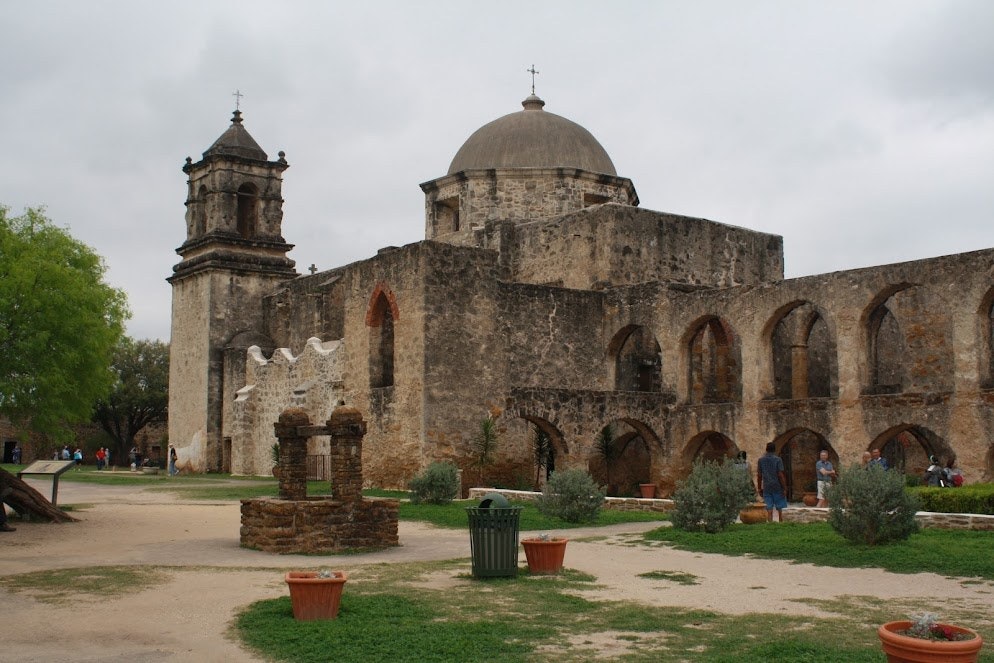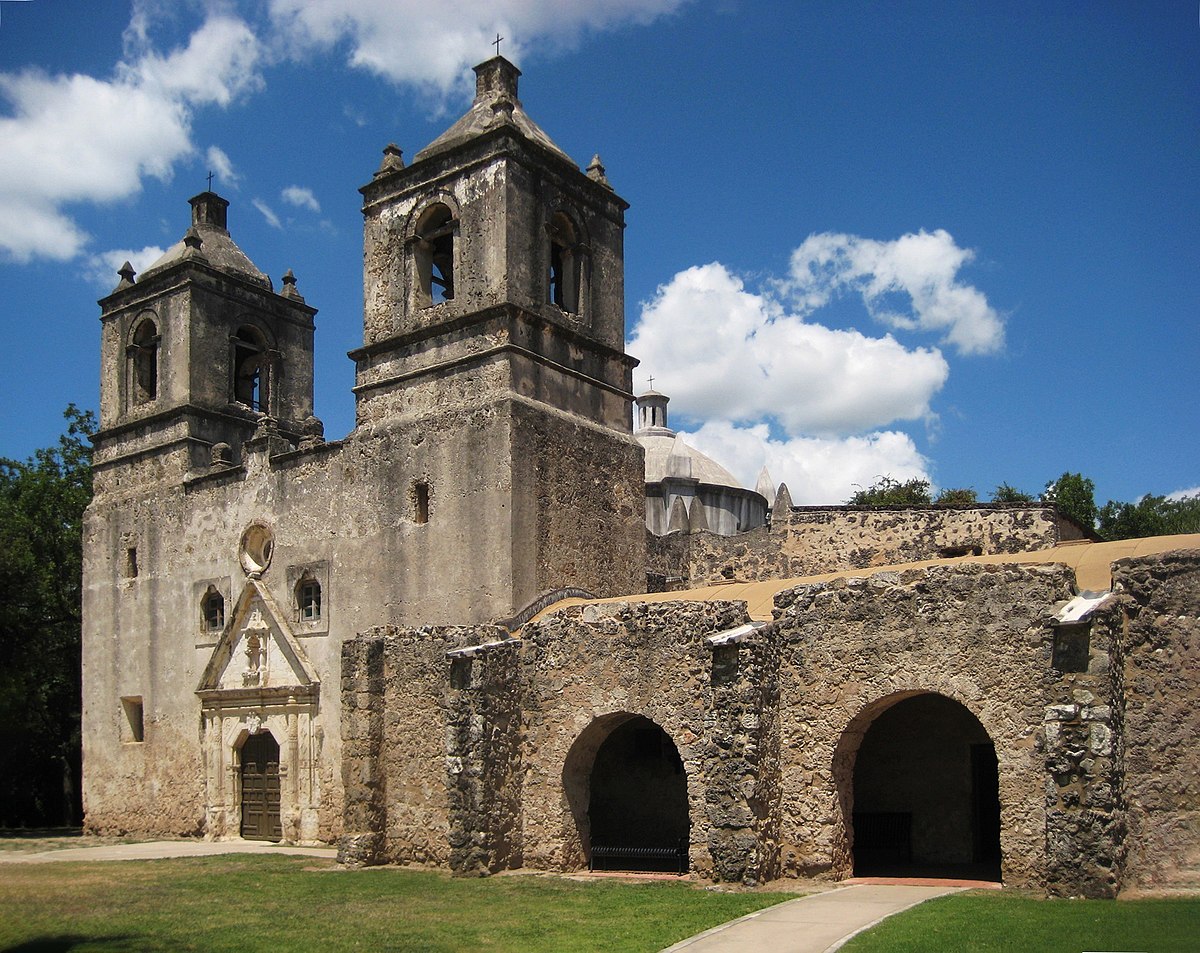Get Your San Antonio Missions National Historical Park Tickets: Strategy Your Visit Today
Get Your San Antonio Missions National Historical Park Tickets: Strategy Your Visit Today
Blog Article
Explore the Rich Background of San Antonio Missions National Historical Park: a Comprehensive Guide to Its Cultural Relevance and Conservation Efforts
As we embark on a journey via the historical history of these goals, we reveal architectural marvels that have actually endured the examination of time. Past the mere physical structures, each goal, especially Goal Espada, brings a profound cultural weight that resonates deeply with those who explore its grounds.
Historic Background of San Antonio Missions
The roots of the historical history of the San Antonio Missions run deep, intertwining Spanish early american influence with aboriginal cultures in the South Texas region. Developed in the very early 18th century, these goals were established by Franciscan friars with the objective of spreading out Christianity and converting the local aboriginal populations. San Antonio Missions National Historical Park in TX. The Spanish Crown sustained these goals as a way of strengthening control over the region and expanding their influence in the New World
The Spanish missionaries played a considerable function fit the cultural landscape of the region, introducing new farming techniques, architecture, and religious practices. The indigenous neighborhoods, such as the Coahuiltecans and other tribes, connected with the Spanish inhabitants, leading to a blending of beliefs and traditions.
In time, the objectives became not only religious centers however social and additionally financial centers, drawing in settlers from various backgrounds. Today, the San Antonio Goals stand as a testament to this complex history, reflecting the enduring heritage of Spanish manifest destiny and the durability of native cultures in South Texas.
Building Wonders of the Objectives
Having laid the structure of social exchange in between Spanish missionaries and indigenous areas, the architectural wonders of the San Antonio Missions exemplify a mix of Indigenous and european craftsmanship that continues to astound visitors. These goals, including Mission San Jose, Goal Concepcion, Objective San Juan, Mission Espada, and the Alamo, display distinguishing characteristics such as ornate facades, elaborate makings, colorful frescoes, and tough rock wall surfaces. The Spanish Colonial style, defined by arched entrances, belfry, and roomy yards, shows a harmonious blend of Spanish design elements with native structure techniques.
Each mission within the San Antonio Missions National Historic Park tells an unique tale via its style, showing the evolution of construction styles and social influences with time. Visitors can admire the knowledgeable workmanship noticeable in the thorough stonework, hand-carved wood doors, and religious iconography adorning the interiors. These building work of arts stand as long-lasting testaments to the enduring heritage of the missions and the social heritage they stand for.
Social Value of Mission Espada
With its historic roots deeply intertwined with the aboriginal societies of the region, Objective Espada stands as an icon of cultural durability and adjustment within the San Antonio Missions National Historical Park. Established in 1690, Goal Espada was established by Spanish Franciscans as a way to spread out Christianity among the Coahuiltecan people while likewise offering as a facility for farming and industry. The objective's cultural value lies in its duty as a conference factor between European and Indigenous American practices, causing a special mix of building styles, religious methods, and farming strategies.
Mission Espada's famous aqueduct, called "Acequia de Espada," is a testimony to the design abilities of both Aboriginal and spanish individuals, showcasing their cooperation in constructing important rivers for irrigation functions. This harmonious fusion of cultural influences is further exhibited in the mission's detailed makings, vivid frescoes, and religious ceremonies that remain to be exercised to today. As one of the earliest unrestored stone churches in America, Objective Espada stands as a living testimony to the long-lasting legacy of cultural exchange and adaptation that specifies the San Antonio Missions National Historical Park.
Conservation Initiatives and Challenges
Conservation in keeping the historic honesty of Goal Espada comes across a myriad of intricate challenges that demand ingenious services and devoted stewardship. As one of the five missions within the San Antonio Missions National Historic Park, Objective Espada faces conservation issues originating from environmental factors, metropolitan encroachment, and the continuous battle versus natural deterioration. The fragile balance in between preserving the original frameworks and making certain visitor accessibility and security calls for careful preparation and implementation.
Efforts to maintain Objective Espada include a multi-faceted technique that includes regular upkeep, structural analyses, and preservation tasks. Cooperations in between park authorities, chroniclers, excavators, and local areas are important in creating sustainable preservation methods. Challenges such as moneying restraints, limited sources, and the need for customized know-how even more complicate conservation efforts.
In spite of these challenges, the commitment to safeguarding Objective Espada's historic significance stays unwavering. With proceeded research, community interaction, and flexible conservation practices, the conservation of Mission Espada stands as a testimony to the dedication in the direction of securing our cultural heritage for future generations.
Community Interaction in Park Conservation

Among the primary ways the park involves the area is via volunteer possibilities. Neighborhood residents can take part in conservation projects, educational programs, and unique occasions, permitting them to contribute straight to the conservation of the park. This hands-on involvement not just benefits the park in regards to added resources and manpower yet also produces a stronger link between the park and the area itself.
Moreover, the park regularly looks for input from local stakeholders, consisting of neighborhood teams, businesses, and federal government companies, to guarantee that preservation initiatives straighten with the requirements and worths of the surrounding neighborhood. By engaging with the regional populace in these significant ways, San Antonio Missions National Historic Park cultivates a culture of preservation and sustainability that will assist preserve this cultural treasure for future generations.
Final Thought

Beyond the mere physical structures, each mission, notably Objective Espada, brings a profound cultural weight that reverberates deeply with those that discover its premises. These objectives, consisting of Objective San Jose, Objective Concepcion, Mission San Juan, Goal Espada, and the Alamo, display unique functions such as elaborate facades, intricate makings, vivid frescoes, and durable stone wall surfaces.With its historic roots deeply intertwined with the aboriginal societies of the region, Mission Espada stands as a symbol of social strength and adjustment within the San Antonio Missions National Historic Park (San Antonio Missions National Historical Park map). As one of the oldest unrestored rock churches in America, Mission Espada stands as a living testimony to the long-lasting heritage of cultural exchange and adjustment that defines the San Antonio Missions National Historical Park

Please visit one of our local supporters- Brownstone Law Top Appeals Lawyers In San Antonio Texas
Report this page